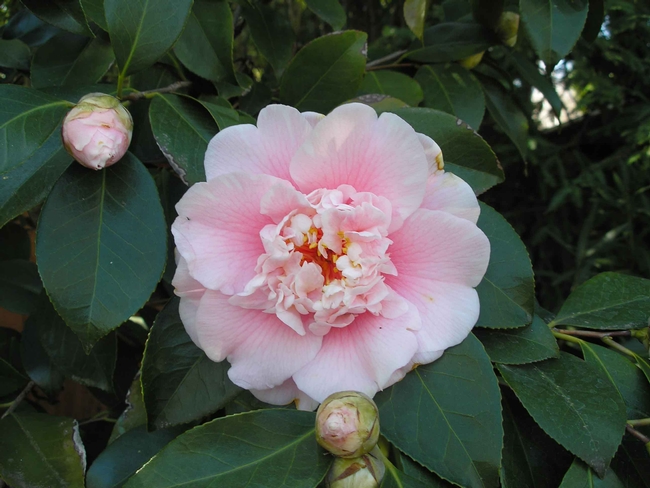Just because it is wintertime doesn't mean that bees, which are important pollinators for our flowers, fruits and vegetables, don't need food. Plants and shrubs can provide pollen, nectar, or both to bees in our late winter and early spring.
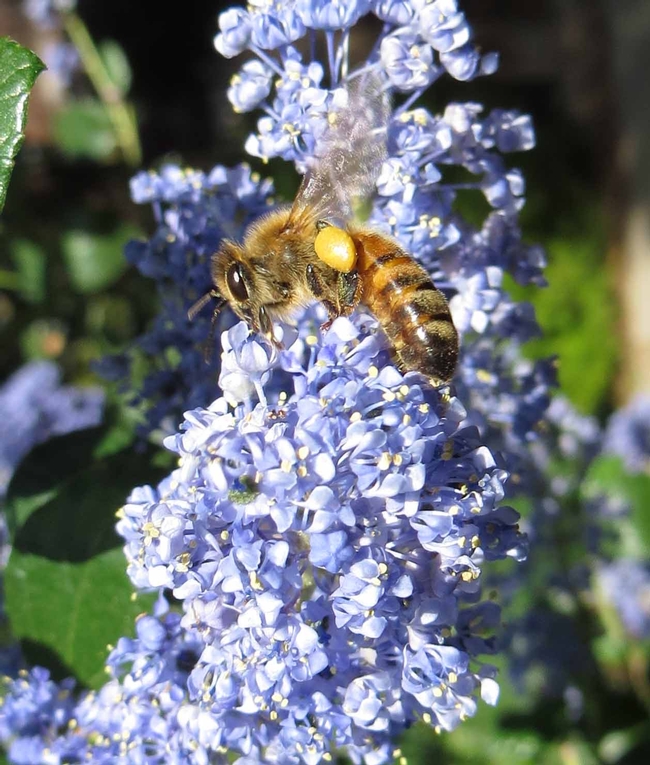
Honey bees can forage as far away as three to five miles from their colony when conditions are favorable for flight, although most foragers tend to stay within a few hundred yards of the colony if it is near adequate food rewards (nectar and pollen). Honey bees will venture out from their hives when temperatures reach the mid-50s Fahrenheit; they won't travel far, but they will search for sources of pollen and nectar nearby.
Because honey bee queens are constantly laying eggs and raising their young, these bees need food year-round. Honey bees forage when temperatures are 55 degrees and higher; they do not forage in rain or in wind stronger than 12 miles per hour. Cloudiness also reduces flight activity, especially near threshold temperatures. A honey bee normally flies at a speed of 18 miles per hour empty and 15 miles per hour carrying of load of pollen or nectar. However, if they are agitated and empty, honey bees can fly about 20 miles per hour. They cannot carry a load upwind against much more than a 15 mile-per-hour wind.
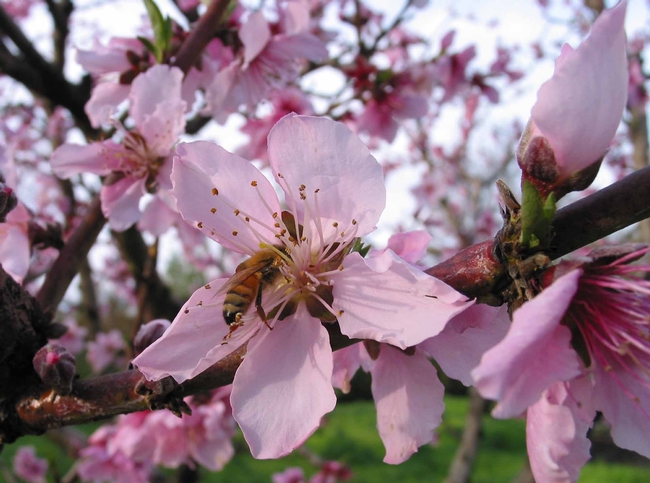
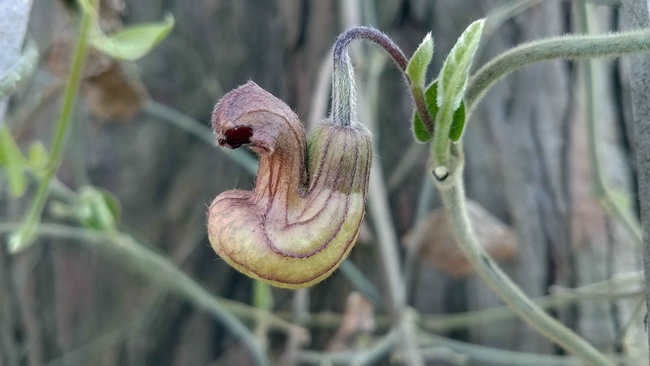
Some guidelines for bee-friendly garden plantings include the following:
- Natural species (rather than hybrids) produce nectar and pollen that is more accessible for bees
- Native flowers can attract solitary bees (like mason bees)
- Grow a variety of species from different plant families
- Try to have something flowering throughout the season
- Plant several of one type of plant together – they will provide a better magnet for the bees
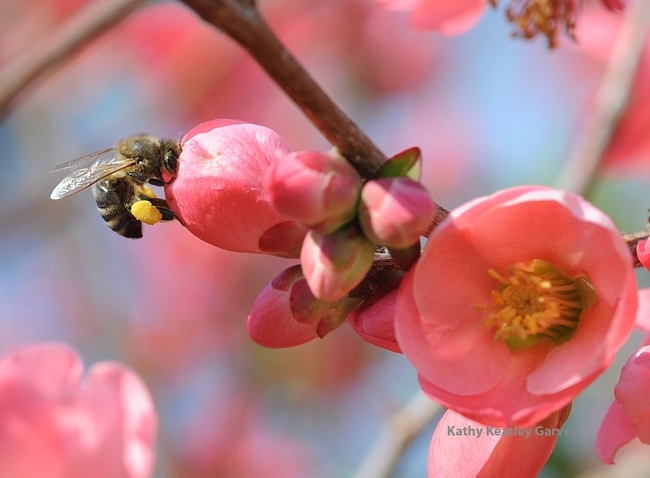
You can help bees out by planting mustards or clover as a cover crop – yellow mustard is one of the earliest blooming flowers that are attractive to honey bees. Native plants and shrubs that are attractive to bees include the California wildflower “Baby Blue Eyes,” and California Desert Bluebells, both of which are annuals; and California Dutchman's Pipe, an attractive deciduous vine festooned with cream-colored flowers that have red-purple veins.
Non-native plants that are bee-friendly in our area include flowering quince, which is often the first noticeable flowering shrub of the year; the popular evergreen camellia japonica, some varieties of which bloom as early as November; and witch hazel (hamamelis), a yellow-flowering shrub with a distinctive fragrance and intriguing blossoms.
Crocus and hyacinth bulbs are also attractive to bees. These should be planted in November or December after spending 10 weeks chilling in a refrigerator ahead of time (as our climate is too mild to provide them the requisite chill hours) – and, like tulips, these are best treated as annuals in our climate
When doing your winter garden clean-up, keep the bees in mind: leave some “wild,” messy areas in your yard for bees. For example, old fence posts, dead logs, and decaying sunflower heads all provide native bees with places to hide, nest, and raise their next generation.
Keep other pollinators in mind, too: for instance, instead of using a hummingbird feeder which you might only sporadically keep filled, provide natural nectar at this time of year by planting camellias, flowering quince and flowering currant.
UC Master Gardeners of Butte County are part of the University of California Cooperative Extension (UCCE) system. To learn more about us and our upcoming events, and for help with gardening in our area, visit our website. If you have a gardening question or problem, email the Hotline at mgbutte@ucanr.edu (preferred) or call (530) 538-7201.
